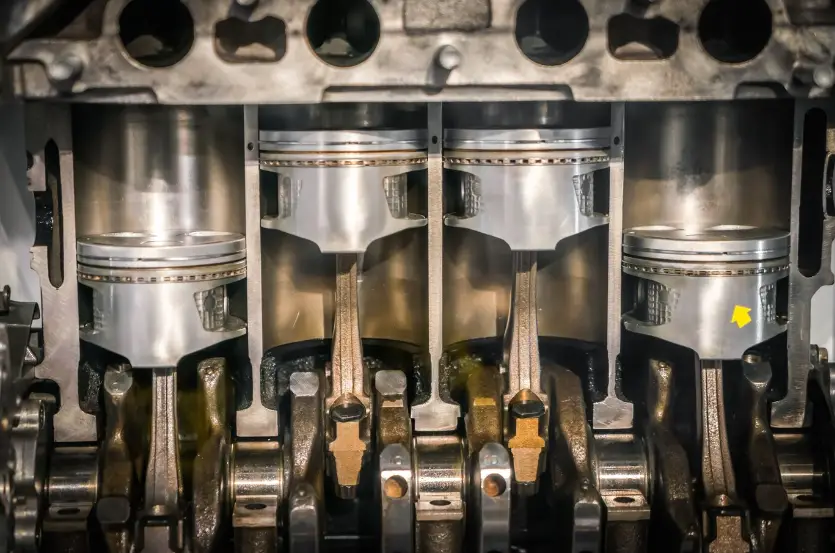Turbocharging Your Diesel Engine: A Comprehensive Guide

In the world of diesel engines, performance and efficiency are paramount. Whether hauling heavy loads across the country or optimizing your vehicle for peak performance, the right turbocharger can make all the difference. This guide will walk you through the essentials of turbocharging your diesel engine, highlighting how a specific product can enhance your driving experience.
Understanding Turbochargers
Before diving into product specifics, let’s clarify what a turbocharger is and how it works. A turbocharger is a device that forces more air into the combustion chamber of an engine. This process increases the fuel that can be burned, resulting in more power without significantly increasing engine size.
Key Components of a Turbocharger
- Compressor: Increases incoming air pressure before feeding it into the engine’s intake manifold.
- Turbine: Drives the compressor using exhaust gases from the engine.
- Intercooler: Cools the compressed air, increasing its density and potential for combustion.
Why Upgrade Your Turbocharger?
Upgrading your turbocharger can offer several benefits, including:
- Increased Power: More air and fuel in the combustion chamber mean more power output.
- Improved Fuel Efficiency: A more efficient combustion process can lead to better mileage.
- Reduced Emissions: Efficient fuel burning helps lower the amount of harmful emissions.
Choosing the Right Turbocharger
When selecting a turbocharger, consider the following factors:
- Compatibility: Ensure the turbocharger fits your engine model and make.
- Performance Goals: Identify what you want to achieve—more power, better fuel efficiency, or both.
- Budget: High-quality turbochargers are an investment. Balance cost with the benefits you’re seeking.
One product that stands out for diesel engine upgrades is the Bully Dog Turbo. It’s designed to meet the needs of drivers looking for both performance enhancements and reliability.
Installation and Maintenance
Installation Tips
- Professional Installation: Consider having your turbocharger installed by a professional to ensure it’s done correctly.
- Follow Instructions: If you’re installing it yourself, closely follow the manufacturer’s instructions.
Maintenance Tips
- Regular Checks: Periodically inspect your turbocharger for signs of wear or damage.
- Clean Air Filters: Ensure your engine’s air filters are clean to prevent debris from damaging the turbocharger.
- Oil Changes: Regular oil changes can help maintain the turbocharger’s lubrication and cooling.
Performance and Reliability
Users of high-quality turbochargers, like the one mentioned, often report significant improvements in their vehicle’s performance. These enhancements include increased horsepower, better throttle response, and improved fuel efficiency. Reliability is another critical factor, as a well-made turbocharger can withstand the rigors of high-performance driving and heavy hauling.
Real-World Applications
To illustrate the impact of upgrading your turbocharger, consider the following scenarios:
- Long-Haul Trucking: Increased power and fuel efficiency can lead to faster delivery times and lower operating costs.
- Agricultural Equipment: More efficient engines can handle tougher tasks without excessive fuel consumption.
- Performance Vehicles: Enhanced throttle response and power can significantly improve the driving experience.
Final Thoughts
Upgrading your diesel engine with a high-quality turbocharger can transform your vehicle’s performance and efficiency. While the initial investment may be significant, the long-term benefits of increased power, improved fuel efficiency, and reduced emissions can outweigh the costs. Consider your performance goals, compatibility, and budget when selecting a turbocharger. You can enjoy a more powerful and efficient driving experience with the right choice.
In summary, turbocharging your diesel engine is a smart move for anyone looking to boost their vehicle’s performance. By understanding the basics of turbochargers work, the benefits of upgrading, and how to choose and maintain the right one, you’re well on your way to a more efficient and powerful ride.
